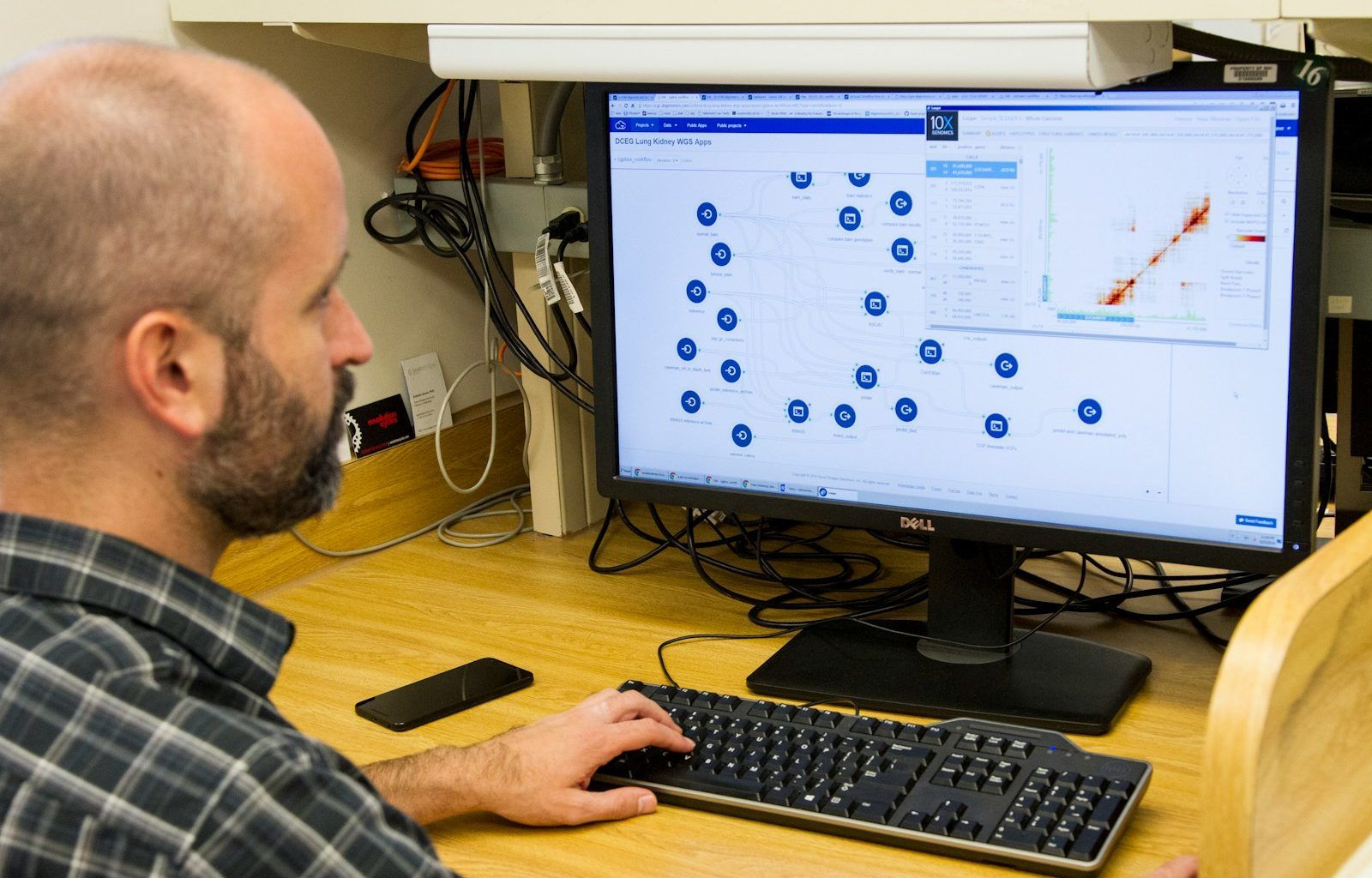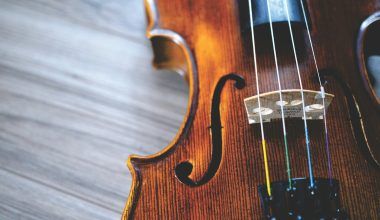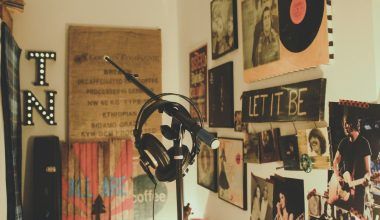Have you ever wondered how your favorite songs come together so seamlessly? Whether it’s a catchy pop tune, an emotional ballad, or an energetic dance hit, there’s often a hidden layer that makes the music even more captivating. This secret ingredient is sometimes a “sample song.” In the world of music production, sample songs play a crucial role, helping artists shape their sound and create something truly special.
What Are Sample Songs?
Sample songs are pieces of pre-recorded music that producers or artists use as a foundation or inspiration for creating new tracks. They can include snippets of vocals, melodies, drum patterns, or even entire sections of a song. These samples are then reimagined, remixed, or incorporated into fresh compositions.
Sampling isn’t new; it’s been around for decades. Artists often turn to sample songs when they want to pay homage to a musical influence, evoke a specific feeling, or experiment with different genres. Whether it’s a soulful piano loop or a funky bassline, these elements can add depth and richness to any track.
The History Behind Sampling
Sampling dates back to the 1940s and 1950s when experimental musicians began using tape loops to manipulate sounds. Over the years, it evolved into a staple technique in genres like hip-hop, electronic music, and even pop. By the 1980s, sample songs became mainstream, with producers using drum machines and samplers to create hits.
Think about iconic tracks like The Sugarhill Gang’s “Rapper’s Delight” or Kanye West’s “Stronger.” These songs wouldn’t be the same without the samples that form their backbone. Sampling has since grown into an art form, where the possibilities are endless.
Why Do Artists Use Sample Songs?
Artists use sample songs for many reasons. Sometimes, a sample helps set the mood for a track. Other times, it’s a way to pay tribute to a favorite song or musician. Sampling also allows producers to experiment and blend genres, creating something entirely unique.
For example, a producer might take a classic jazz riff and pair it with modern electronic beats. This fusion of old and new can result in a song that feels both familiar and innovative. Sample songs can also help bridge cultural or generational gaps, bringing music lovers together through shared melodies.
How Are Sample Songs Created?
Creating a sample song involves several steps. First, producers select a piece of music they want to use. This could be anything from an old vinyl record to a digital track. Once they’ve found the perfect sample, they manipulate it to fit their vision. This process often includes chopping the sample into smaller segments, adjusting its tempo, or layering it with new sounds.
For instance, a producer might isolate a drum loop from a funk song and use it as the rhythm section for a new track. They could then add a vocal sample from another song, creating a layered, dynamic composition. The result is a song that feels fresh yet rooted in musical history.
Legal and Ethical Considerations
While sampling is a powerful tool, it comes with legal and ethical responsibilities. Artists need permission to use copyrighted material in their work. This often involves licensing the sample, which can be a complex and costly process.
However, some artists opt for royalty-free samples. These are pre-cleared pieces of music available for use without additional licensing. This approach makes it easier for independent musicians to incorporate sample songs into their work.
Famous Songs That Use Samples
Many of the most popular songs you know and love rely on samples. Here are a few examples:
- “Harder, Better, Faster, Stronger” by Daft Punk: This track samples Edwin Birdsong’s “Cola Bottle Baby.”
- “Juicy” by The Notorious B.I.G.: It uses a sample from Mtume’s “Juicy Fruit.”
- “Paper Planes” by M.I.A.: This hit incorporates a sample from The Clash’s “Straight to Hell.”
These songs demonstrate the transformative power of sampling, turning familiar tunes into entirely new masterpieces.
How to Find Sample Songs
If you’re curious about sample songs or want to try using them in your own music, there are plenty of resources available. Websites like WhoSampled and Tracklib make it easy to discover which songs have been sampled and where to find them. These platforms can inspire your creativity and help you explore different styles.
You can also experiment with royalty-free sample packs. These packs offer a wide range of sounds, from drum loops to vocal phrases, allowing you to build your own compositions without worrying about copyright issues.
The Impact of Sampling on Music
Sampling has changed the way we create and listen to music. It has democratized music production, making it possible for anyone with a laptop to craft professional-quality tracks. Sampling also fosters collaboration between artists, as they build on each other’s work to create something entirely new.
Moreover, sample songs often bring forgotten music back into the spotlight. When a producer samples a lesser-known track, it introduces that music to a new audience. This rediscovery can lead to renewed appreciation for past artists and genres.
Tips for Creating Your Own Sample Songs
If you’re ready to dive into the world of sample songs, here are some tips to get started:
- Start Small: Begin with simple loops or one-shot samples to get a feel for how sampling works.
- Experiment: Don’t be afraid to manipulate samples in unexpected ways. Stretch or reverse them to see how they change.
- Learn the Basics: Understanding music theory and production techniques can help you make better use of samples.
- Stay Legal: Always ensure you have the rights to use a sample, or stick to royalty-free options.
- Be Creative: Sampling is an art form, so let your imagination run wild. Combine different genres or sounds to create something unique.
Looking Ahead: The Future of Sampling
As technology continues to evolve, the possibilities for sample songs are expanding. Tools like AI-powered software can analyze and generate samples, making the process faster and more accessible. At the same time, the rise of streaming platforms has made it easier for producers to discover and share new music.
In the coming years, we can expect sampling to remain a vital part of music creation. It will likely continue to push boundaries, inspiring artists to innovate and connect with audiences in fresh ways.
Why Sample Songs Matter
In the end, sample songs are more than just a technical tool; they’re a testament to music’s ability to evolve and adapt. They show us how artists can build on the past while creating something entirely their own. So next time you hear a song with a familiar melody or rhythm, take a moment to appreciate the artistry behind it. Sample songs are a reminder that music is a shared experience, one that transcends time and genre.
For further reading, explore these related articles:
- India’s No. 1 Song in 2024: A Journey Through Music That Touched Our Hearts
- What Makes Record Covers So Special? A Fun Journey Through Music, Art, and History
For additional resources on music marketing and distribution, visit DMT Records Pvt. Ltd..






